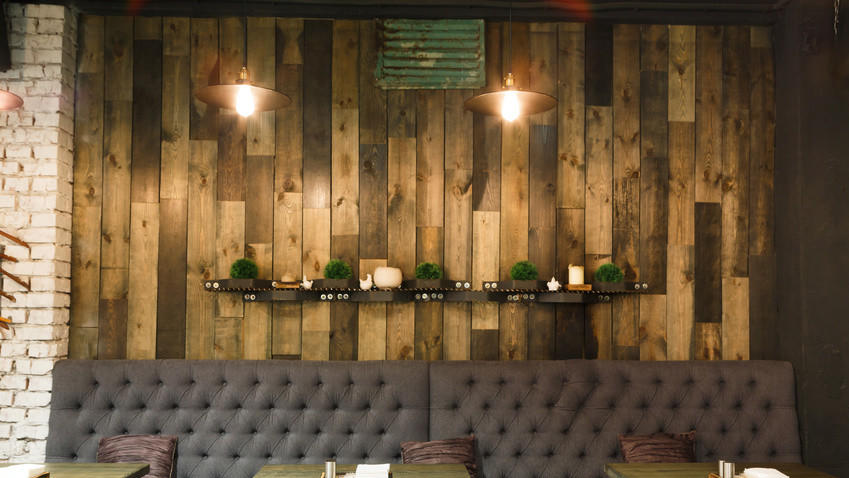As neighborhoods evolve and urban infill projects alter the landscape and the dynamic of an area, older or struggling areas can be revitalized. New spaces allow for creative interpretation of the ways in which residential and commercial properties can be utilized and even combined. Pop-up shops allow for fledgling businesses to build their reputation with minimal overhead. However, what does all this change mean for older, more established brick-and-mortar businesses?
Unfortunately, many times when a neighborhood undergoes a drastic change, local businesses—even those established for many years—are at risk of displacement. Additionally, some commercially zoned properties are owned by developers, not business owners, and some cities use economic tools to maximize business growth instead of focusing on business sustainability. While this is most significant for those who rent as opposed to own their spaces, new options and changing demographics can cut into even well-established, seemingly secure businesses that also have the deed to the building.
If you own a business and can look back to a not-so-distant heyday, analyze what opportunities an evolving community can bring, and determine how you can address and meet the changing needs of your community. Times of transition might be ideal for a full structural remodel, especially if your space sticks out as the tired-looking property on the block.
If you are a local success story, maybe you want to consider some cosmetic retouches, especially if your business contributes to the local charm and neighborhood character. Old, rustic, and vintage do not mean run down.
But before you break out the sledgehammers, be sure to do your research and consult with a trustworthy contractor who has worked with commercial remodels. Commercial remodels can be costly, especially if you are remodeling a significant portion of your property. If you have to shut down business during construction, have a business strategy set, and be sure to consult with your builders to develop a specific and realistic timeline. You also want to be sure your business plan fits in with the community needs. This will also help determine how much of an investment you make into your remodel. Many businesses have suffered by spending too much on a cosmetic remodel, only to see the business fold within a year of completion. Some of this comes from hoping that an underperforming store or restaurant will be miraculously changed with a cosmetic update.
Maybe you only need a repaint, or new windows, or an updated storefront or sign. If you have a restroom available for customers, do you have the type of facilities your customers avoid at all costs? If you own a restaurant, does your kitchen have an outdated hood and vent that causes everyone to leave smelling of grease and fry oil? Even smaller changes can incentivize customers to return, stay longer, and spend more money at your business. Maybe you notice that your layout is underperforming and that you need to reimagine and better utilize the space for your customers.
It is also possible that your community’s revitalization causes you to revisit your business itself. If you are looking to rebrand, an update to your property’s structure sends a sign to the community that you are doing something new and fresh.
Local businesses can be the backbone of the community. Even a small remodel can show your dedication to clients and the community as a whole. Consider whether you want your space to also serve as a meeting space for civic events, or if you simply want to foster an inviting community feel in your space.
At Murfey Company, we are experienced at commercial remodels and builds of all sizes, as well as investment opportunities for larger development projects, including mixed-use and urban infill properties. For more information on our full range of construction and development offerings, visit us at murfeycompany.com.
This originally appeared in The La Jolla Light

